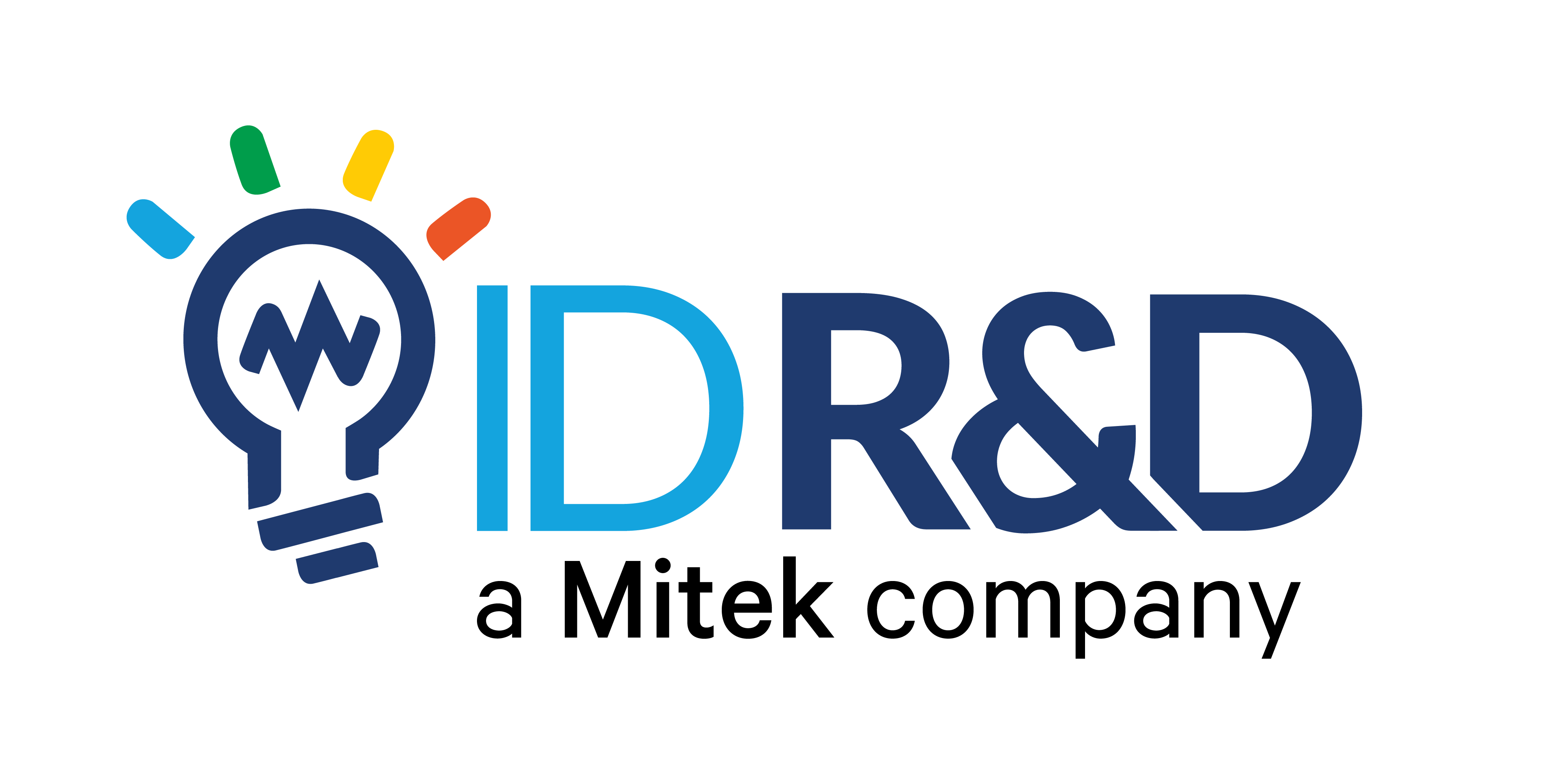 Infinity Optics has partnered with ID R&D to make IDLive® Face available in its Biometrics-as-a-Service platform. The collaboration brings together Infinity Optics’ unique biometric hashing technology and ID R&D’s passive facial liveness for a highly secure solution that addresses demand for both biometric privacy and ease of use.
Infinity Optics has partnered with ID R&D to make IDLive® Face available in its Biometrics-as-a-Service platform. The collaboration brings together Infinity Optics’ unique biometric hashing technology and ID R&D’s passive facial liveness for a highly secure solution that addresses demand for both biometric privacy and ease of use.
As more consumer and business applications incorporate biometrics as a means for people to remotely verify and authenticate their identities, the privacy of biometric data is crucial.
There are multiple approaches and best practices for keeping biometric data safe. These include the use of encrypted templates, splitting templates from personally identifiable information, and employing a strong information security posture.
It is common for biometric templates to be encrypted and stored, then decrypted with a secure private key when needed. If a hacker was to steal encrypted templates, they could steal the key as well. While there are protections that prevent biometric templates from being of any use to a hacker, the data is still at risk of being exposed. This exposure creates reputation risk. An emerging advancement in the area of biometric privacy is biometric hashing.
What is biometric hashing?
Biometric hashing is a technology similar to general cryptographic hashing that is a one-way function to convert biometric data into a non-reversible cryptographic hash rather than a template. With the current traditional approach, biometric information is stored and converted into a cryptographic representation of the data.
The Infinity Optics Solution for True Biometric Hashing
Hashing has long been used to obscure passwords. In this way, a hacker who gains access to a database will not be able to see passwords in plaintext, only the hashed version of them which is useless.
Due to their noisy nature, biometrics have been incompatible with cryptographic hashing. In other words, the variability of features, lighting conditions, etc. make it more difficult to extract stable bits of data to perform the hash for a given face, for example, because it will be different every time. This violates one of the requirements for a hash, that an input, in this case a person’s face, should always generate the same exact hash value. This is the problem that Infinity Optics has solved.
Infinity Optics’ QuantumCrypt privacy biometric technology eliminates the need to store a biometric template. Instead, the technology generates a True Biometric Hash directly from the biometric scan to allow verification without the need to reference a biometric enrollment template, ensuring superior privacy throughout your customer journey.
How Infinity Optics and ID R&D Work Together
Using a True Biometric Hash is how QuantumCrypt protects the face matching step in verification. However, it’s also critical to ensure that the person presenting a face is a live person. ID R&D performs a liveness check on an individual during the face matching process. This step requires no enrollment and uses only a single image. It is a stateless function that also eliminates the need for storing any data.
During matching, QuantumCrypt extracts many reliable feature vectors and creates a secure one-way hash for verification. The binary code, which is unique and irreversible, is used to create revocable cryptographic keys. With QuantumCrypt, there is no need to store or encrypt/decrypt any sensitive biometric data or template. Simply store the public code which has no biometric data. There is nothing to hack!
Alternative biometric hash methods for facial recognition extract a very limited number of stable bits, weakening the encryption. QuantumCrypt delivers ultra-high security and a seamless user experience. The addition of ID R&D’s single image face liveness detection ensures the user experience remains frictionless and adds the added protection of anti-spoofing.
Infinity Optics is running proof of concept deployment of the solution with several institutions in Asia Pacific and the US. Learn more about IDLive Face passive facial liveness detection and QuantumCrypt privacy biometrics. The partnership also explores the expansion of the Privacy Biometric Trust Platform for various applications.
